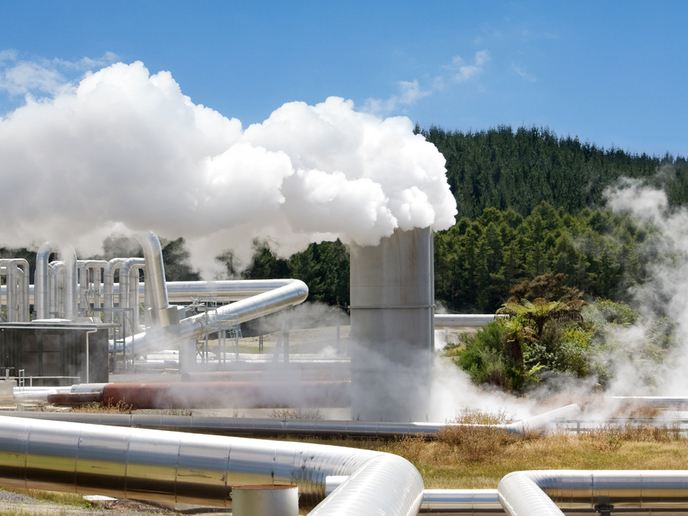Tapping into the potential of geothermal energy
Geothermal energy has been attracting a lot of attention, thanks to its potential to help reduce greenhouse gas emissions by providing clean and secure heating and cooling solutions. In 2016, geothermal energy contributed to about 3 % of total primary production of renewable energy in the EU, which has the fourth largest geothermal power capacity in the world, according to a European Commission Joint Research Centre data set. Available in the form of heat stored in rocks, trapped vapour, water or brines, geothermal energy can be used directly for heating or to generate electricity. However, its possible environmental impacts and risks are little known. Enter the EU-funded GEOENVI project that has been addressing environmental concerns related to geothermal power production. Project partners have issued a report on environmental mitigation measures for geothermal project development. The report analyses all phases of geothermal projects with environmental implications, including exploration, development, operation, decommissioning and abandonment. The preventive and corrective mitigation measures covered by the study involve avoidance, “by considering potential effects in an early stage of the project design processes and avoiding them using alternatives,” and reduction, “which is the common strategy to deal with unavoidable effects.”
Surface operations and other effects
The environmental impacts of geothermal project development that are examined in the same report focus on effects related to surface operations. These include energy and water consumption and emissions to the environment, waste production, surface disturbance phenomena like vibration, noise, visual aspects, land occupation and dust, and leaks due to surface installations and operations. Impacts related to the emission of underground material to the surface involve liquid/solid effusions and waste, degassing, radioactivity and blowout – uncontrolled flows of formation fluid from drilled wells. Other effects covered by the report are related to geomechanical changes, like ground surface deformation and seismicity, and underground physical and chemical modifications. After a brief synopsis of all these environmental impacts, the report identifies the monitoring techniques and technologies used for limiting their occurrence and potential damage.
Impacts and risks
The GEOENVI (Tackling the environmental concerns for deploying geothermal energy in Europe) project will run until April 2021. The project website states: “The GEOENVI project aims at answering environmental concerns in terms of both impacts and risks, by first setting an adapted methodology for assessing environment impacts to the project developers, and by assessing the environmental impacts and risks of geothermal projects operational or in development in Europe.” The project focuses on Belgium, France, Hungary, Iceland, Italy and Turkey, six countries with deep geothermal potential where there are plants already operating or under construction. Project partners hope to engage decision-makers and market actors in adopting recommendations on regulations and observing the life-cycle assessment methodology implemented by geothermal stakeholders. For more information, please see: GEOENVI project website
Countries
Belgium



